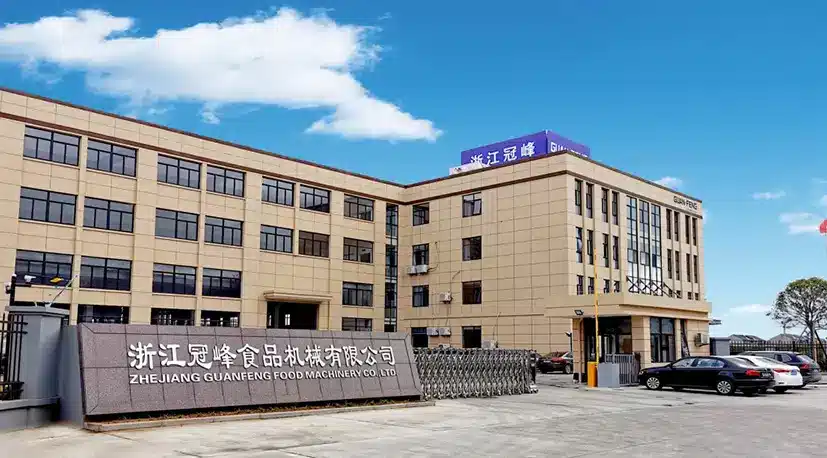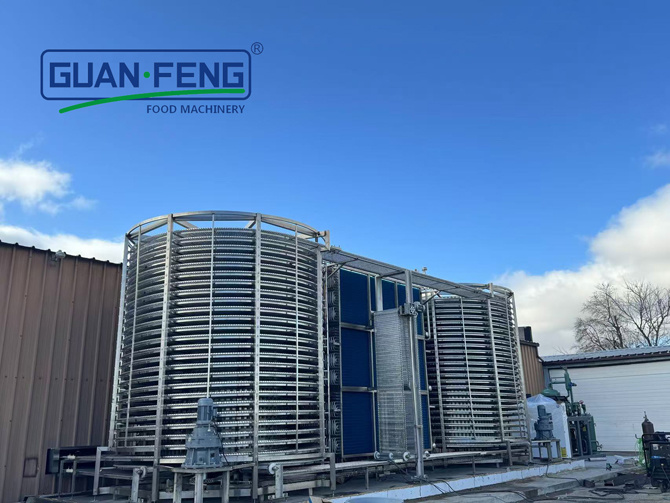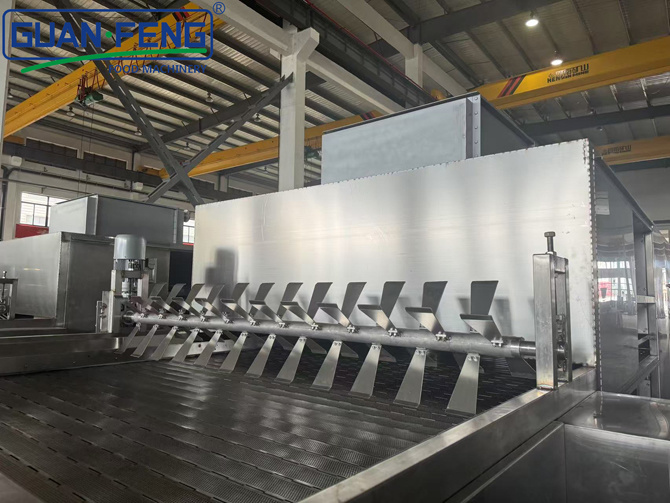BLOG
Focus on hot topics, real-time dynamics
Unlocking the Benefits of Vacuum Freeze Drying for Vegetables
Vacuum freeze drying, often referred to as lyophilization, is an innovative preservation technique that is particularly beneficial for vegetables. This method involves removing moisture from vegetables while maintaining their structure, flavor, and nutritional integrity. Unlike traditional drying methods, vacuum freeze drying takes place at low temperatures and under vacuum conditions, which helps prevent the degradation of sensitive nutrients and flavors that often occur when using higher heat.
One of the most significant advantages of vacuum freeze drying vegetables is the retention of their nutritional content. Fresh vegetables are rich in vitamins, minerals, and antioxidants, which can diminish during conventional drying processes. However, with vacuum freeze drying, the majority of these essential nutrients are preserved, making rehydrated vegetables an excellent option for health-conscious consumers.
Another benefit of using vacuum freeze dryers is the extended shelf life of the processed vegetables. By removing moisture, the growth of bacteria, molds, and yeasts is significantly inhibited. This means that vacuum freeze-dried vegetables can be stored for months or even years without losing their quality, making them an ideal choice for both consumers and food manufacturers looking to reduce food waste.
The process of vacuum freeze drying involves three main phases: freezing, primary drying, and secondary drying. First, vegetables are frozen at very low temperatures, which helps to form ice crystals. Next, during the primary drying phase, the pressure is lowered, and heat is applied to sublimate the ice, turning it directly into vapor without passing through a liquid phase. Finally, secondary drying removes any remaining moisture, ensuring that the final product is lightweight and shelf-stable.
In addition to nutritional preservation and long shelf life, vacuum freeze-dried vegetables are also versatile. They can be used in a variety of applications, from instant soups and meal kits to snacks and health products. When rehydrated, they regain their original texture and flavor, making them a convenient and delicious option for consumers.
For those in the food industry or life sciences, investing in a vacuum freeze dryer can enhance product offerings and meet the growing consumer demand for high-quality, preserved vegetables. With the ability to effectively preserve and maintain the essence of fresh vegetables, vacuum freeze drying presents a valuable solution for food preservation challenges.
In conclusion, vacuum freeze drying is a powerful technique that not only extends the shelf life of vegetables but also maintains their nutritional value and flavor. As the demand for convenient and healthy food options continues to rise, vacuum freeze dryers are proving to be an essential tool in the food preservation landscape.
One of the most significant advantages of vacuum freeze drying vegetables is the retention of their nutritional content. Fresh vegetables are rich in vitamins, minerals, and antioxidants, which can diminish during conventional drying processes. However, with vacuum freeze drying, the majority of these essential nutrients are preserved, making rehydrated vegetables an excellent option for health-conscious consumers.
Another benefit of using vacuum freeze dryers is the extended shelf life of the processed vegetables. By removing moisture, the growth of bacteria, molds, and yeasts is significantly inhibited. This means that vacuum freeze-dried vegetables can be stored for months or even years without losing their quality, making them an ideal choice for both consumers and food manufacturers looking to reduce food waste.
The process of vacuum freeze drying involves three main phases: freezing, primary drying, and secondary drying. First, vegetables are frozen at very low temperatures, which helps to form ice crystals. Next, during the primary drying phase, the pressure is lowered, and heat is applied to sublimate the ice, turning it directly into vapor without passing through a liquid phase. Finally, secondary drying removes any remaining moisture, ensuring that the final product is lightweight and shelf-stable.
In addition to nutritional preservation and long shelf life, vacuum freeze-dried vegetables are also versatile. They can be used in a variety of applications, from instant soups and meal kits to snacks and health products. When rehydrated, they regain their original texture and flavor, making them a convenient and delicious option for consumers.
For those in the food industry or life sciences, investing in a vacuum freeze dryer can enhance product offerings and meet the growing consumer demand for high-quality, preserved vegetables. With the ability to effectively preserve and maintain the essence of fresh vegetables, vacuum freeze drying presents a valuable solution for food preservation challenges.
In conclusion, vacuum freeze drying is a powerful technique that not only extends the shelf life of vegetables but also maintains their nutritional value and flavor. As the demand for convenient and healthy food options continues to rise, vacuum freeze dryers are proving to be an essential tool in the food preservation landscape.
Hot Tags:
Contact Us
E-mail:
sales@syguanfeng.com
Tel:
+86 15088506234
Address:
South Industrial Park of Dongguan, Shangyu District, Shaoxing City,Zhejiang Province,China.
Related Blog
GUANFENG, your customization experts!
GUANFENG FOOD MACHINERY - leading supplier of integrated food processing solutions
Copyright© 2024 ZHEJIANG GUANFENG FOOD MACHINERY CO.,LTD.










